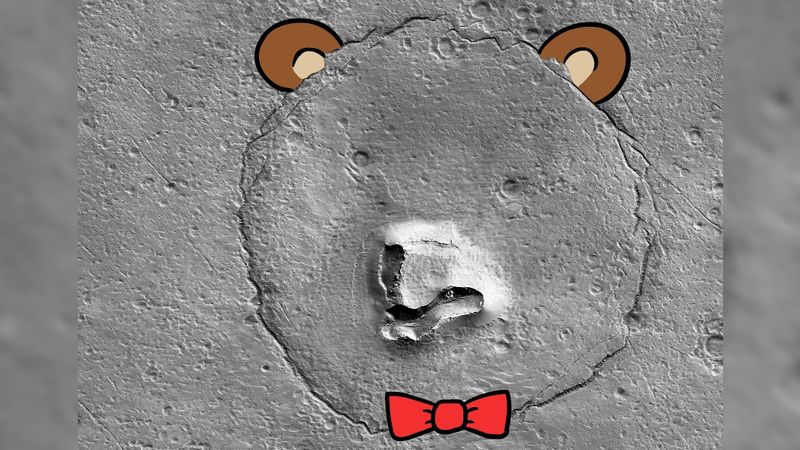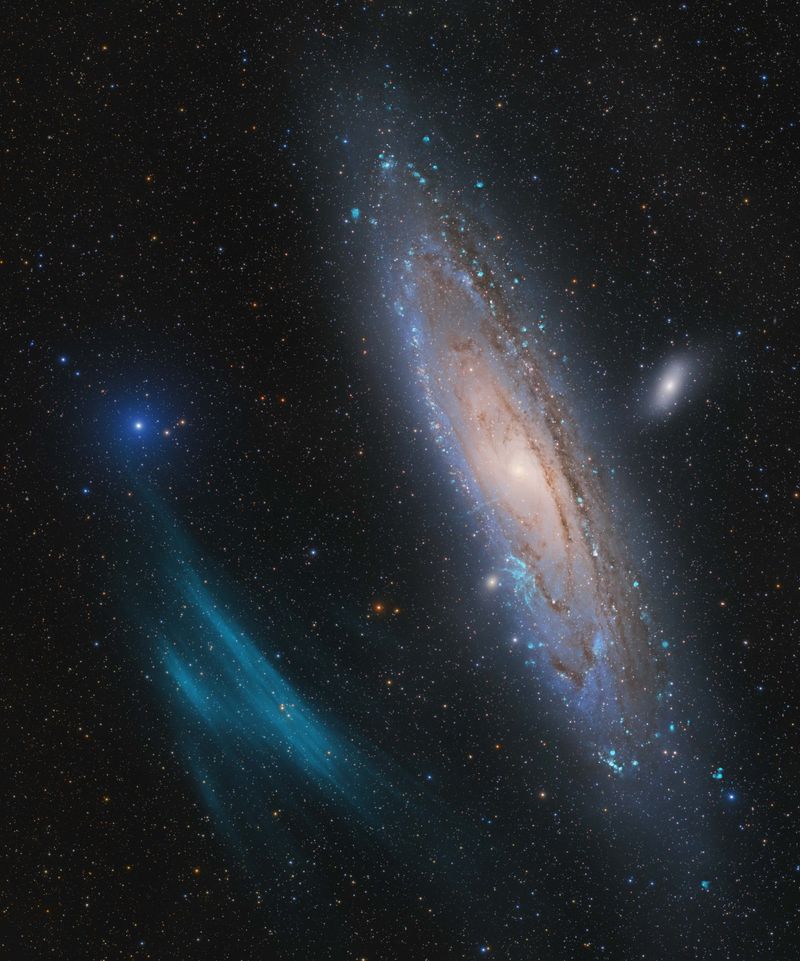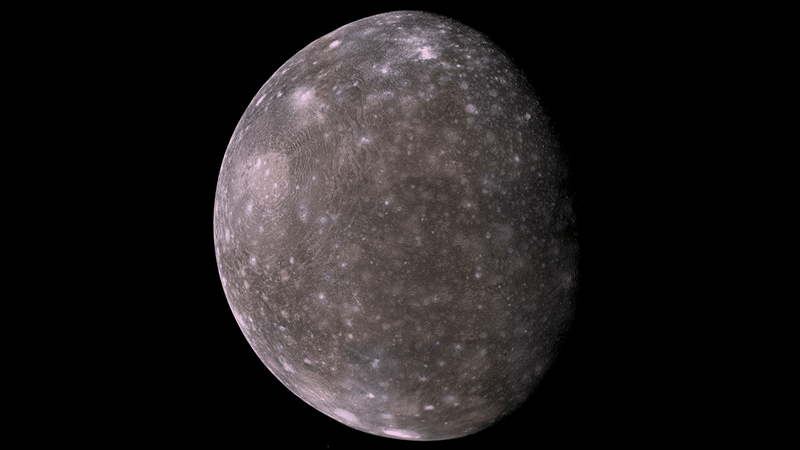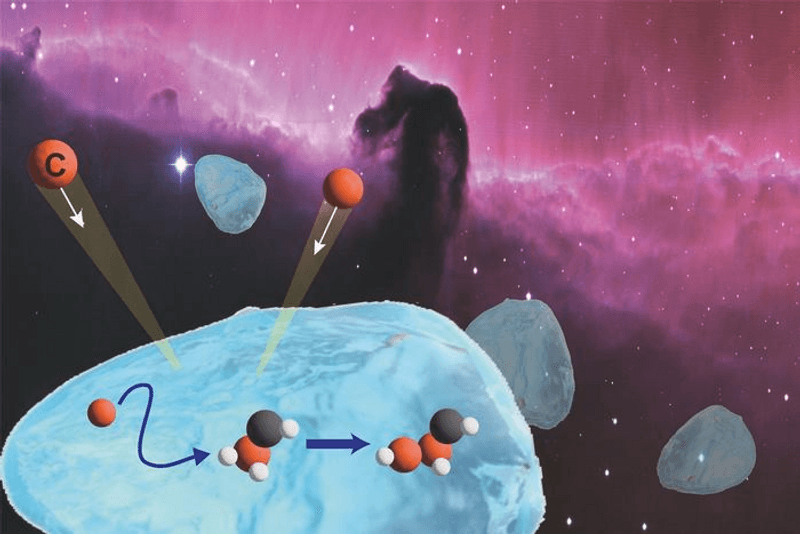NASA’s Mars Reconnaissance Orbiter (MRO) has snapped a picture of a new face on Mars. And this time it's not a sphynx-like one that turns out to be a windswept hill, it’s an adorable bear… that turns out to be a filled-in crater possibly due to some volcanic activity.
The image was taken by MRO’s HiRISE, the spacecraft's high-resolution camera, and was selected as the Image of the Day for the instrument on January 25. It was taken on December 12 last year from an altitude of 251 kilometers (156 miles) on the southern hemisphere of the planet, if you were interested in getting your bearings (not sorry).

The researchers from the University of Arizona that selected the image believed that the circular fracture that made the head was an ancient crater now filled with deposits. The nose and mouth are a partially collapsed hill. It might have been a volcanic or mud vent, and the deposit could be either lava or mudflow. The duct then collapsed leaving behind the V shape we see today. Long after the crate was filled in, two new smaller craters formed giving our Martian bear its eyes.
Our ability to spot patterns even when there are none, known as pareidolia, often gets the best of us when looking at interesting features on Mars. In the last year alone we've spotted ducks and flowers in the sand and rocks of the Red Planet.




